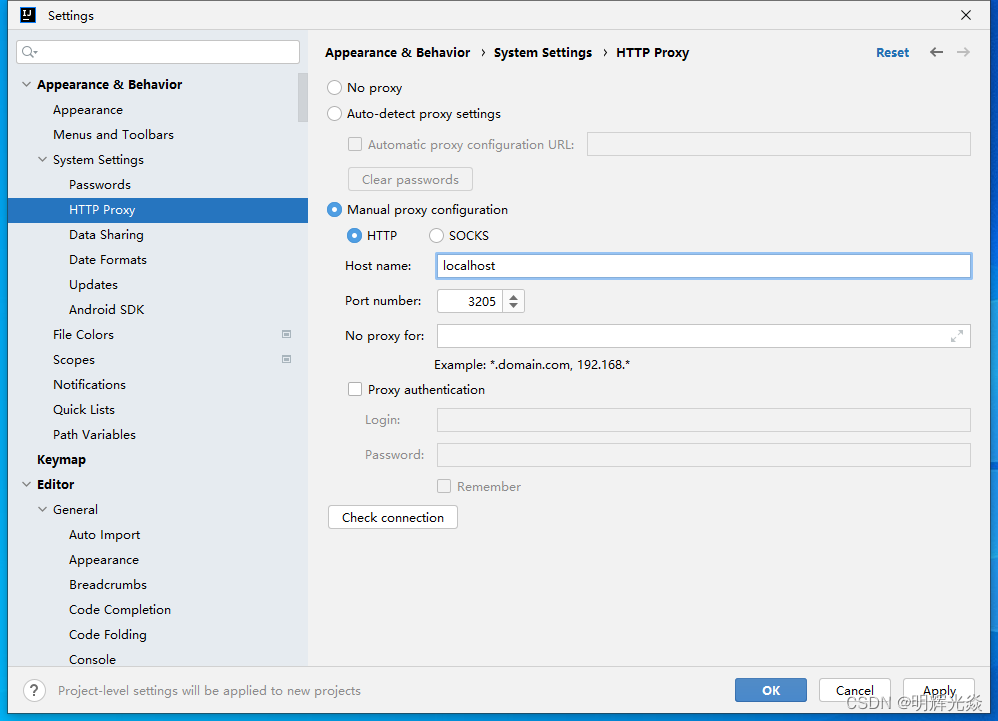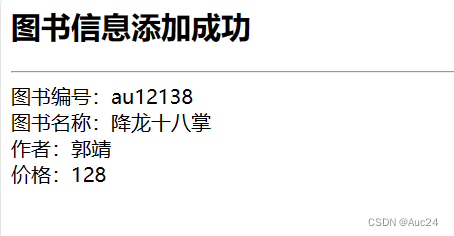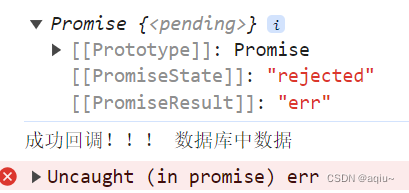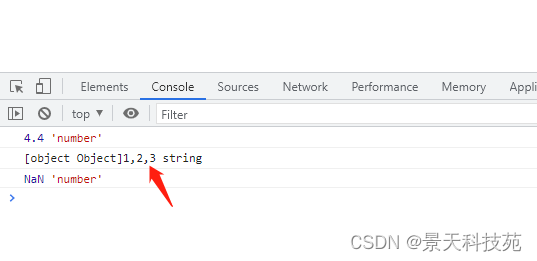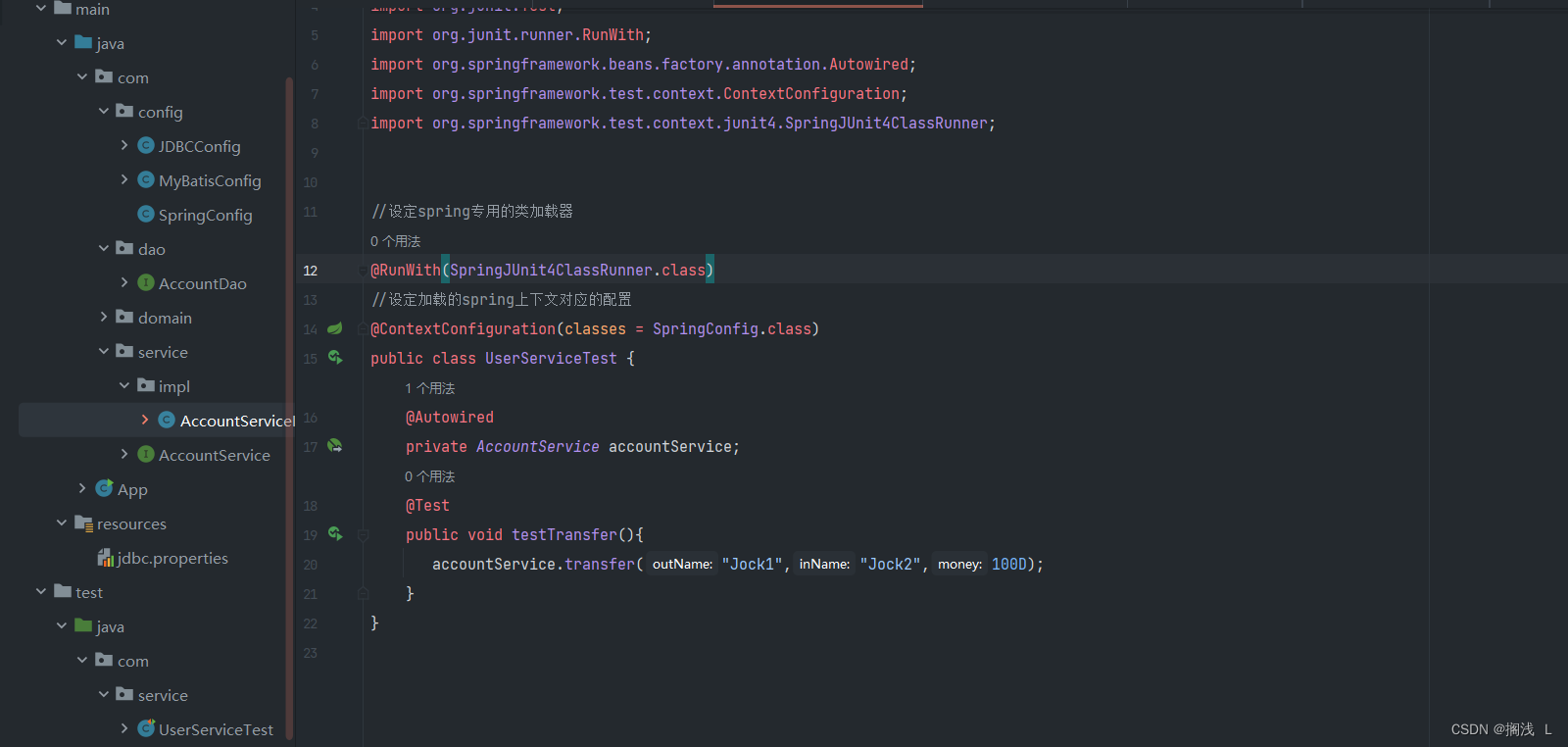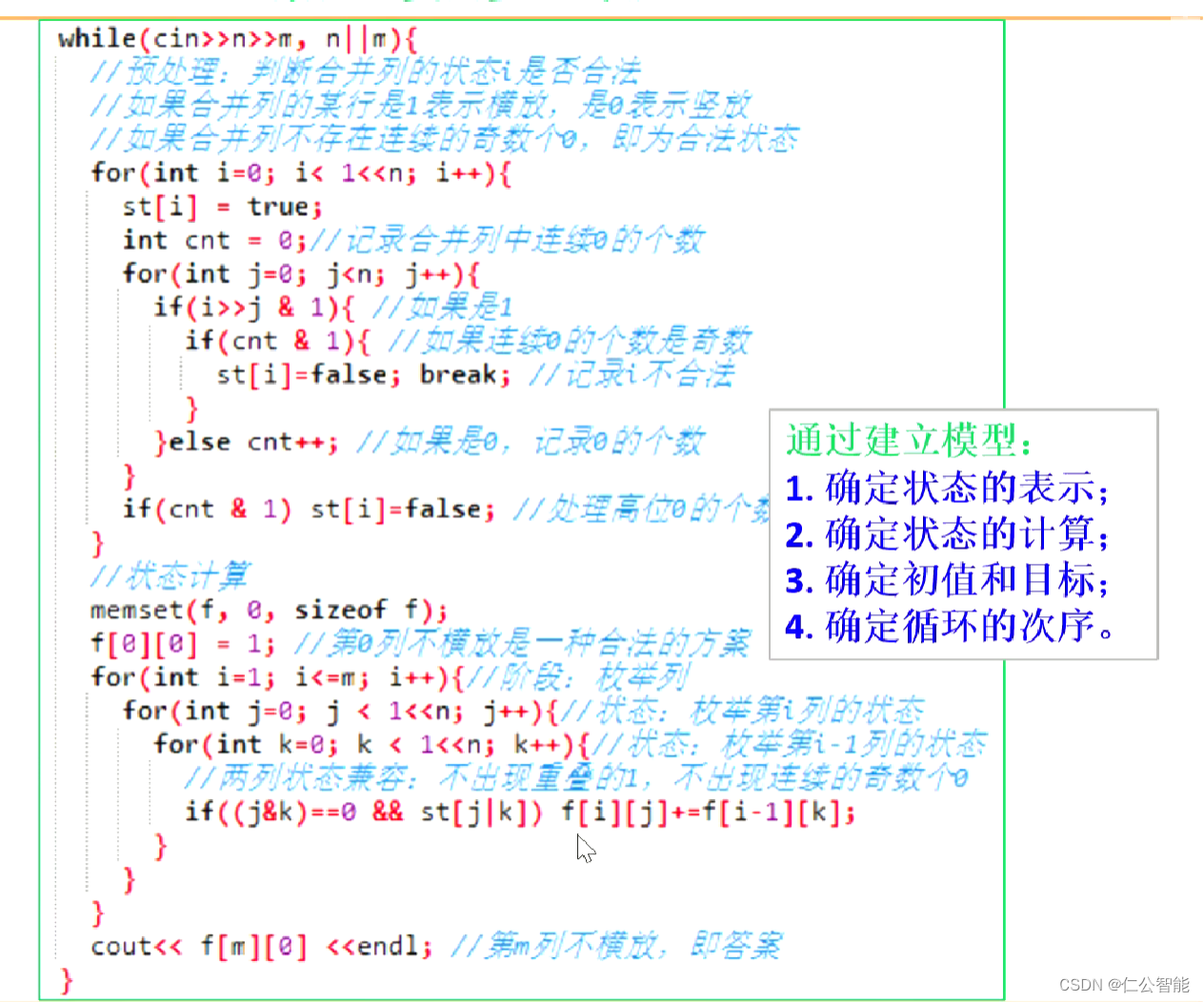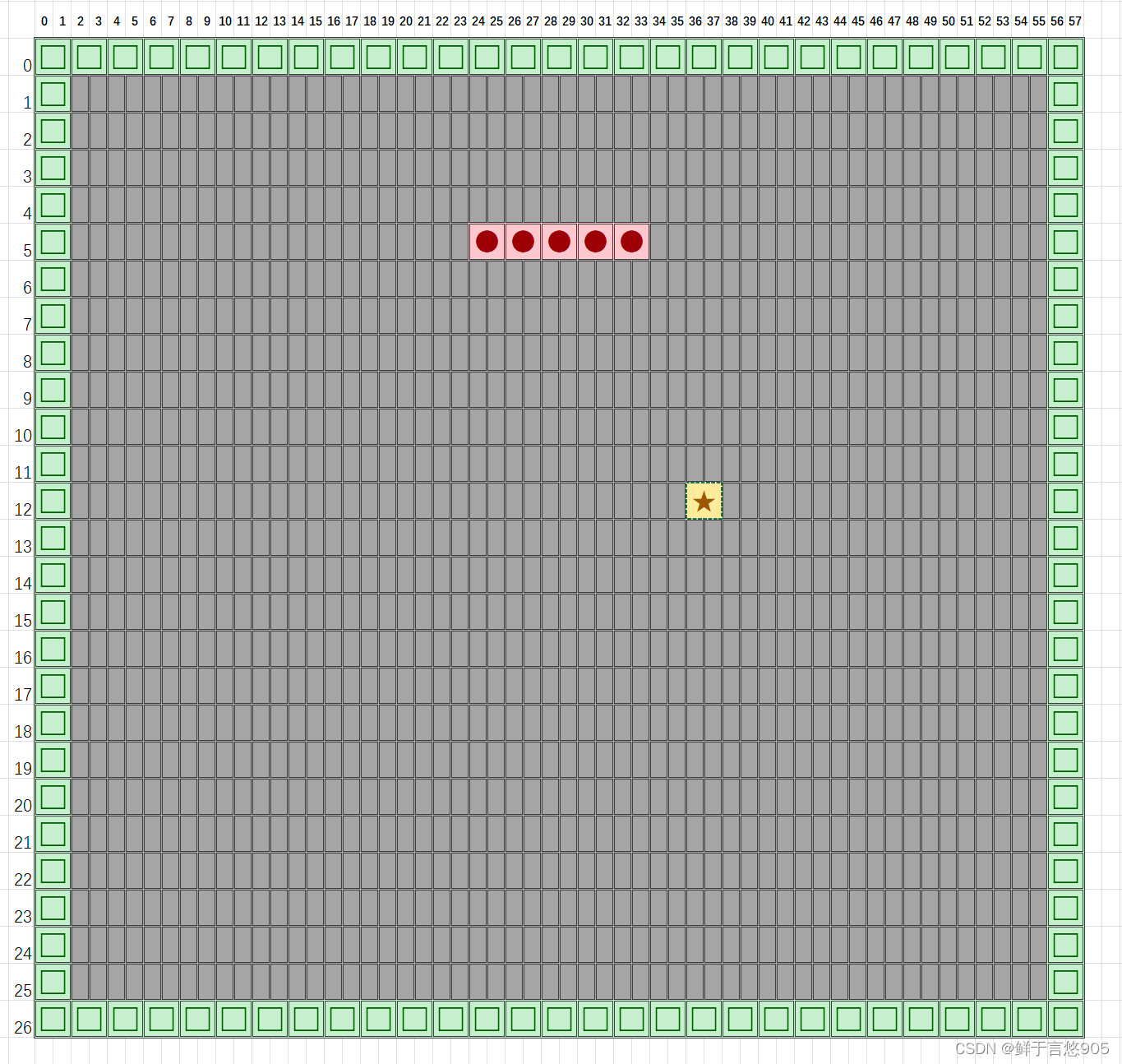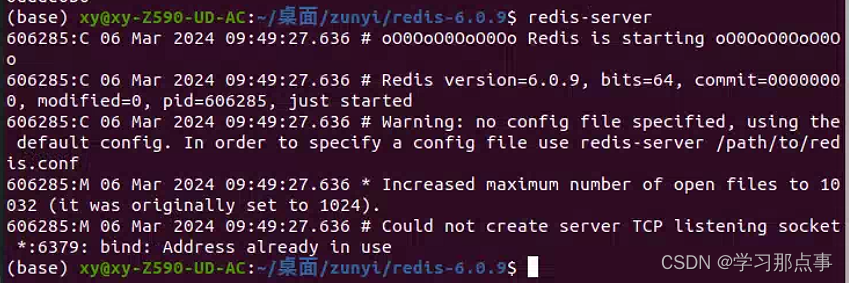题目链接
字符串变换
题目描述
已知有两个字串
A
,
B
A,B
A,B,及一组字串变换的规则(至多
6
6
6个规则):
A
1
→
B
1
A_1→B_1
A1→B1
A
2
→
B
2
A_2→B_2
A2→B2
…
规则的含义为:在 A A A中的子串 A 1 A_1 A1 可以变换为 B 1 B_1 B1、 A 2 A_2 A2可以变换为 B 2 B_2 B2…。
例如:
A
=
A=
A=abcd,
B
=
B=
B=xyz
变换规则为:
abc → xu,ud → y,y → yz
则此时,
A
A
A可以经过一系列的变换变为
B
B
B
,其变换的过程为:
abcd → xud → xy → xyz
共进行了三次变换,使得 A A A变换为 B B B。
注意,一次变换只能变换一个子串,例如
A
=
A=
A==aa,
B
=
B=
B=bb
变换规则为:
a → b
此时,不能将两个 a 在一步中全部转换为 b,而应当分两步完成。
输入格式
A
B
A~~B
A B
A
1
B
1
A_1~B_1
A1 B1
A
2
B
2
A_2~B_2
A2 B2
… …
第一行是两个给定的字符串 A A A和 B B B。
接下来若干行,每行描述一组字串变换的规则。
所有字符串长度的上限为 20 20 20。
输出格式
若在
10
10
10 步(包含
10
10
10步)以内能将
A
A
A变换为
B
B
B ,则输出最少的变换步数;否则输出NO ANSWER!。
输入样例
abcd xyz
abc xu
ud y
y yz
输出样例
3
算法思想
根据题目描述,通过输入的规则将字串 A A A变换为 B B B,求最小步数,显然可以通过BFS求解。
朴素版广搜
分析数据范围,至多 6 6 6个规则,在 10 10 10 步(包含 10 10 10步)以内进行转换,如果直接进行BFS,在最坏情况下搜索的状态空间大约是 6 10 = 60 , 466 , 176 6^{10}=60,466,176 610=60,466,176,可以满足题目要求。
算法实现
- 将起始字符串 A \text{A} A加入队列
- 只要队列不空,重复下面的处理:
- 从队首取出一个字符串 s \text{s} s
- 如果变换到 s \text{s} s的步数超过 10 10 10,则无解,并结束搜索
- 从
1
∼
n
1\sim n
1∼n枚举变换规则
a
i
→
b
i
a_i\rightarrow b_i
ai→bi
- 只要字符串
s
\text{s}
s中包含
a
i
a_i
ai
- 将其替换为 b i b_i bi,得到替换之后的字符串 t \text{t} t
- 如果替换后等于字符串 B \text{B} B,则搜索结束,返回变换步数
- 如果字符串 t \text{t} t之前没有出现过,将其加入队列
- 从下一个位置继续查找 a i a_i ai
- 只要字符串
s
\text{s}
s中包含
a
i
a_i
ai
代码实现
#include <iostream>
#include <queue>
#include <unordered_map>
using namespace std;
const int N = 7;
string a[N], b[N];
string A, B;
int n;
int bfs()
{
unordered_map<string, int> dis; //记录搜到到字符串的最小步数
queue<string> q;
dis[A] = 0;
q.push(A);
int ans = 0;
while(q.size())
{
string s = q.front(); q.pop();
if(dis[s] >= 10) { return -1; } //超过10步,返回-1
for(int i = 0; i < n; i ++) //枚举变换规则
{
int idx = s.find(a[i]);
while(idx != -1) //s中存在a[i],可以变换
{
string t = s;
t.replace(idx, a[i].size(), b[i]);
if(t == B) return dis[s] + 1; //变换到B,返回变换步数
if(!dis.count(t)) //第一次变换到t
{
dis[t] = dis[s] + 1;
q.push(t);
}
idx = s.find(a[i], idx + 1); //从下一个位置继续查找a[i]进行替换
}
}
}
return -1;
}
int main()
{
cin >> A >> B;
while(cin >> a[n] >> b[n]) n ++;
int ans = bfs();
if(ans == -1) puts("NO ANSWER!");
else cout << ans;
return 0;
}
双向广搜
朴素版广搜虽然可以满足题目要求,但是要搜索的状态空间大约是 6 10 = 60 , 466 , 176 6^{10}=60,466,176 610=60,466,176,时间复杂度太高,可以使用双向广搜进行优化。
双向广搜,是指从起点和终点同时开始进行BFS,双向奔赴直到找到共同的目标为止。
使用双向广搜可以把搜索空间降到 2 × 6 5 2\times 6^5 2×65,大大减少了要搜索的状态,剪枝效果明显。
使用双向广搜时要注意:
- 在双向广搜时,优先选择队列中状态数量较少的方向来扩展,可以优化搜索效率
- 在扩展时,需要将一层的所有节点扩展完,不能只扩展一个点。如下图所示,第
2
2
2层有
1
,
2
,
3
,
4
1,2,3,4
1,2,3,4四个节点,则需要把这
4
4
4个节点从队列中全部取出进行扩展。否则,找到的可能不是最少的转换次数。
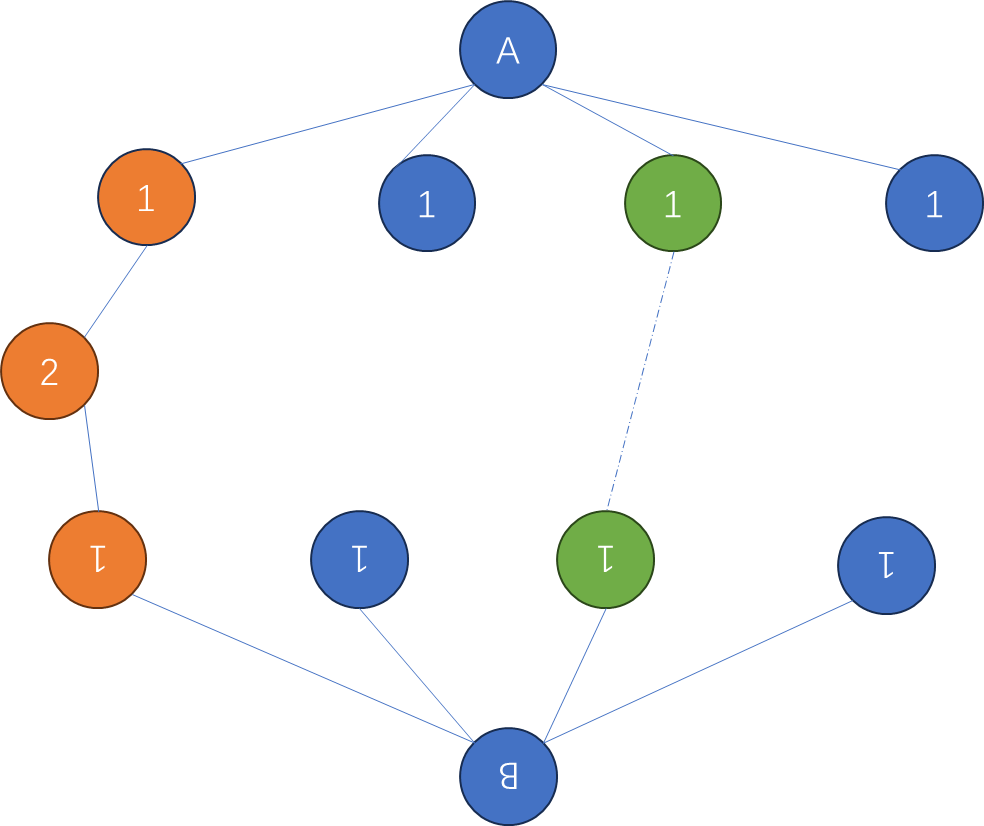
代码实现
#include <iostream>
#include <queue>
#include <cstring>
#include <unordered_map>
using namespace std;
const int N = 6;
int n;
string A, B; //起点和终点
string a[N], b[N]; //变换规则
//从队列q中,将同层的节点全部扩展
int extend(queue<string>& q, unordered_map<string, int>& da, unordered_map<string, int>& db,
string a[N], string b[N])
{
int d = da[q.front()]; //层数
while(q.size() && da[q.front()] == d) //将同层的节点全部扩展
{
string s = q.front(); q.pop();
for(int i = 0; i < n; i ++) //枚举在原字符串中使用替换规则
{
int idx = s.find(a[i]);
while(idx != -1) //s中存在a[i]
{
string t = s;
t.replace(idx, a[i].size(), b[i]);
if(db.count(t)) return da[s] + db[t] + 1;//如果反方向已经搜索到该字符串t,则搜索结束,返回步数
if(!da.count(t)) { da[t] = da[s] + 1; q.push(t);} //第一搜索到t
idx = s.find(a[i], idx + 1); //从下一个位置继续查找a[i]进行替换
}
}
}
return 11;
}
int bfs()
{
if(A == B) return 0;
//双向搜索,扩展时分别进入不同队列
queue<string> qa, qb;
//da、db分别存储变换后的字符串到起点A和终点B的转换次数
unordered_map<string, int> da, db;
qa.push(A), qb.push(B); //起点和终点插入队列
da[A] = db[B] = 0;
int step = 0; //转换次数
while(qa.size() && qb.size()) //两个队列都不为空
{
int t;
if(qa.size() < qb.size()) //优先搜索状态数较少的方向
t = extend(qa, da, db, a, b);
else
t = extend(qb, db, da, b, a);
if(t <= 10) return t;
if(++ step == 10) return -1; //变换10次没有结果
}
return -1;
}
int main()
{
cin >> A >> B;
while(cin >> a[n] >> b[n]) n ++;
int t = bfs();
if(t == -1) puts("NO ANSWER!");
else cout << t << '\n';
return 0;
}
